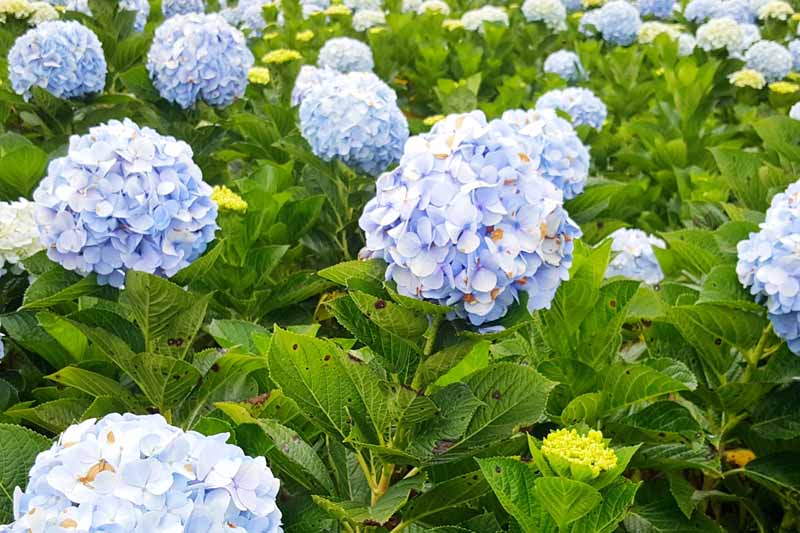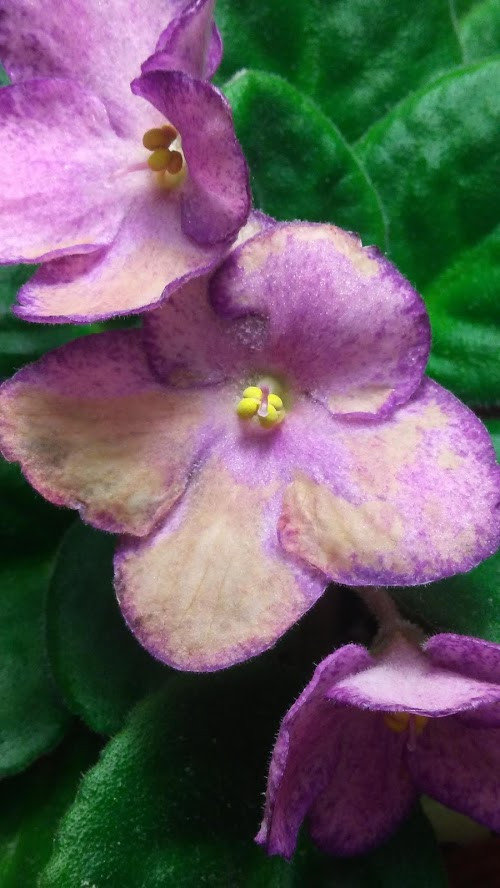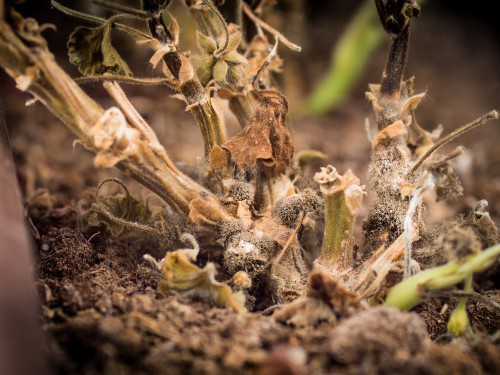

A single spring feeding is sufficient for these plants. Don't add plant food to your hydrangeas every time you feed other garden plants. Too much fertilizer - More is not merrier when it comes to fertilizer.If it doesn't, amend it with organic matter to improve draining. Check the soil to verify if it drains properly. Hold off on watering when your plants are getting enough water from rain. Too much water - Hydrangeas need to stay moist, but there is such a thing as too much of a good thing.Consider moving your plants to a location where they are exposed to the sun during morning hours followed by dappled shade during other times of the day.
BOTRYTIS BLIGHT HYDRANGEA FULL
They can't be planted in full sun, but they also shouldn't be planted in full shade. Too much shade - Hydrangeas will not bloom if they don't get enough sun.Products containing neem oil, potassium bicarbonate, Bacillus subtilis, or chlorothalanil are effective.If your Endless Summer hydrangea is not blooming, this issue is likely caused by one of three problems. Use a fungicide in early spring to prevent spores from taking hold. If the disease has already occurred, nip off any affected flower heads and discard. Avoid planting groups of hydrangeas too close together. In addition to cleaning up plant debris around the hydrangea, prune the plant so that it is open and can receive air into the interior. It is important to clean up any plant debris in such locations to prevent infection.īefore you even have a hydrangea with botrytis, you can take steps to prevent its occurrence. Plants that grow in shade and are overcrowded are most commonly affected. The fungus overwinters in dropped plant debris. That includes many other ornamentals, fruits, and vegetables. In open spaces, the fungal spores can still spread from plant to plant. In a greenhouse, the problem can become an outbreak. Controlling Gray Mold on Hydrangeasīotrytis cinerea is common when the weather is cool and rainy, generally in early to late spring. Usually, initial infection is in the interior flowers and those lower down that do not have adequate circulation. Once a few flowers have the disease, it can rapidly spread to the entire plant. Water soaked tissue appears and gradually extends to become brown, round to irregular spots. Once this happens, the spores of the fungus come in contact with the leaves.


The flowers and buds will brown and wither and begin to drop. The first sign is a fuzzy mold-like growth. The fungus Botrytis cinerea starts to appear on the flower buds.
BOTRYTIS BLIGHT HYDRANGEA HOW TO
It’s important to your plants to learn how to diagnose and control this damaging disease. A hydrangea with botrytis will have its flowers attacked initially and as the disease progresses, the foliage will suffer. Botrytis blight may also attack other ornamental plants. It is hydrangea gray mold, but it doesn’t confine itself just to that genus. Signs of Hydrangea Botrytis Blightĭuring cool, damp periods an opportunistic fungus may invade your garden. This is a serious disease and can cause damage to the flower buds. The first signs are discolored flower heads followed by gray mold on hydrangeas. The plants are rarely bothered by pests or disease, although hydrangea botrytis blight can occur. The bold flowers of hydrangea are a true summer treat.


 0 kommentar(er)
0 kommentar(er)
